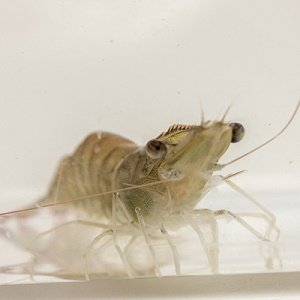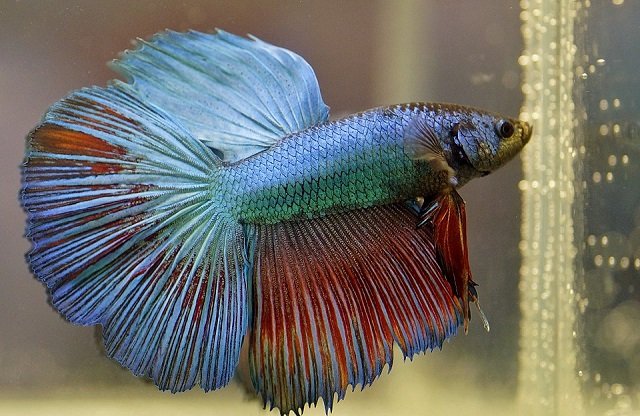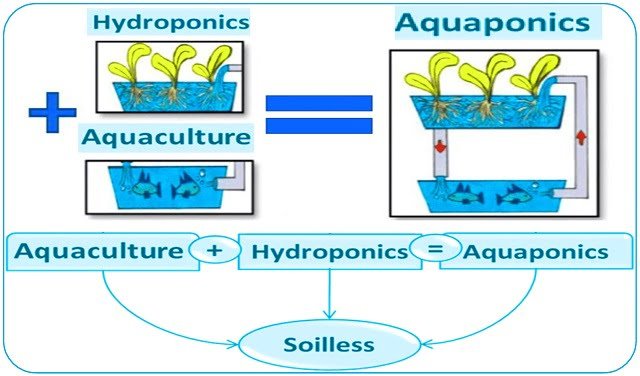
In the quest to optimize shrimp farming conditions, researchers have turned to an unconventional yet effective solution: oyster shells.
A recent study published in Frontiers of Marine Science by scientists from the Zhejiang Mariculture Research Institute, the Zhejiang Key Laboratory of Coastal Biological Germplasm Resources Conservation and Utilization, and the Wenzhou Key Laboratory of Marine Biological Genetics and Breeding sheds light on the benefits of incorporating oyster shells into aquaculture systems. The findings reveal significant improvements in water quality, shrimp growth, and the microbial community within oyster shell biofilms.
The Importance of Oyster Shells
Oyster shells play a vital role in enhancing aquaculture water quality during shrimp farming. Rich in calcium carbonate, these shells help maintain optimal pH levels in the water, which supports molting processes and the formation of new exoskeletons in shrimp.
Additionally, oyster shells exhibit high adsorption capacity, effectively binding and sequestering harmful substances such as ammonia nitrogen, nitrite, and organic pollutants. This reduces their concentration in the water, minimizing health risks for shrimp. Improved water quality leads to enhanced growth rates, reduced disease incidence, and higher survival rates.
Oyster shells also provide an ideal substrate for microbial colonization, promoting the establishment of beneficial microbial biofilms within the aquatic environment. These microorganisms play a critical role in nutrient cycling and organic matter decomposition.
The Study
The study, conducted in a controlled environment, simulated an in-situ water treatment process using oyster shells. Three groups were established: a control group and two groups with low and high concentrations of oyster shells added to the water. These setups simulated varying levels of oyster shell treatment in a real-world aquaculture setting.
Results
The addition of oyster shells significantly improved several key parameters for shrimp health:
- Growth: Shrimp in the oyster shell-treated groups exhibited increased length and weight compared to the control group.
- Survival: The survival rate was significantly higher in the oyster shell-treated groups.
In terms of water quality, researchers observed the following changes:
Stay Always Informed
Join our communities to instantly receive the most important news, reports, and analysis from the aquaculture industry.
- Phosphate: Levels increased, possibly due to nutrient release from the shells.
- Nitrite: Concentrations decreased, indicating reduced levels of harmful nitrogen compounds.
- Nitrate: Levels increased, suggesting a shift to a more oxidized form of nitrogen.
Microbial Dynamics
The porous structure of oyster shells provides an ideal substrate for colonization by beneficial microorganisms. These microbes form complex biofilms, crucial for nutrient cycling, organic matter breakdown, and the reduction of harmful substances.
The study also explored microbial community dynamics within oyster shell biofilms. Over time, the relative abundance of certain bacteria, such as Ruegeria, Tenacibaculum, and Kapabacteriales, decreased, while the abundance of Nitrospira increased significantly. By the later stages of the experiment, Nitrospira became the dominant bacteria in the biofilms, with a relative abundance of 31.8%.
Researchers suggest that the proliferation of Nitrospira in the biofilms accelerated nitrite transformation into nitrate, ultimately enhancing shrimp farming conditions.
Implications for the Shrimp Industry
The study’s findings suggest that oyster shell biofilms can create a favorable environment for beneficial bacteria such as Nitrospira, leading to improved water quality and shrimp growth. Understanding the underlying mechanisms of these effects allows for optimized use of oyster shells in aquaculture practices.
Conclusion
This study demonstrates the potential of oyster shells as a natural and effective means to enhance water quality, shrimp growth, and the promotion of beneficial microbial communities in aquaculture systems.
Key findings include:
- Improved shrimp growth and survival: The addition of oyster shells significantly enhanced shrimp growth rates and survival.
- Biofilm formation: Oyster shells provided a suitable substrate for diverse microbial biofilms.
- Dominance of Nitrospira: The bacterial community within the biofilm was dominated by Nitrospira, a key player in nitrogen cycling.
- Accelerated nitrogen cycling: Nitrospira facilitated the conversion of nitrite to nitrate, reducing toxic nitrite accumulation and improving water quality.
- Indirect effects on shrimp gut microbiota: While Nitrospira did not directly colonize shrimp intestines, the altered aquatic environment influenced the composition of shrimp gut microbiota.
- Dose-dependent effects: The concentration of oyster shells affected bacterial community composition in both water and shrimp intestines, with higher concentrations leading to increased shrimp weight.
These findings provide valuable insights for shrimp farmers and researchers, contributing to a deeper understanding of the mechanisms behind the benefits of oyster shell biofilms.
The study was funded by the Zhejiang Provincial Science and Technology Project of China and the Special Program for Research Institutes of Zhejiang Province.
Reference (open access)
Huang, X., Xiao, G., Zhang, X., Teng, S., Li, M., Cai, Y., Chen, R., & Huang, X. (2024). Effects of oyster shell addition on shrimp aquaculture and the dynamic succession of surface biofilm microbial communities. Frontiers in Marine Science, 11, 1495938. https://doi.org/10.3389/fmars.2024.1495938
Editor at the digital magazine AquaHoy. He holds a degree in Aquaculture Biology from the National University of Santa (UNS) and a Master’s degree in Science and Innovation Management from the Polytechnic University of Valencia, with postgraduate diplomas in Business Innovation and Innovation Management. He possesses extensive experience in the aquaculture and fisheries sector, having led the Fisheries Innovation Unit of the National Program for Innovation in Fisheries and Aquaculture (PNIPA). He has served as a senior consultant in technology watch, an innovation project formulator and advisor, and a lecturer at UNS. He is a member of the Peruvian College of Biologists and was recognized by the World Aquaculture Society (WAS) in 2016 for his contribution to aquaculture.




